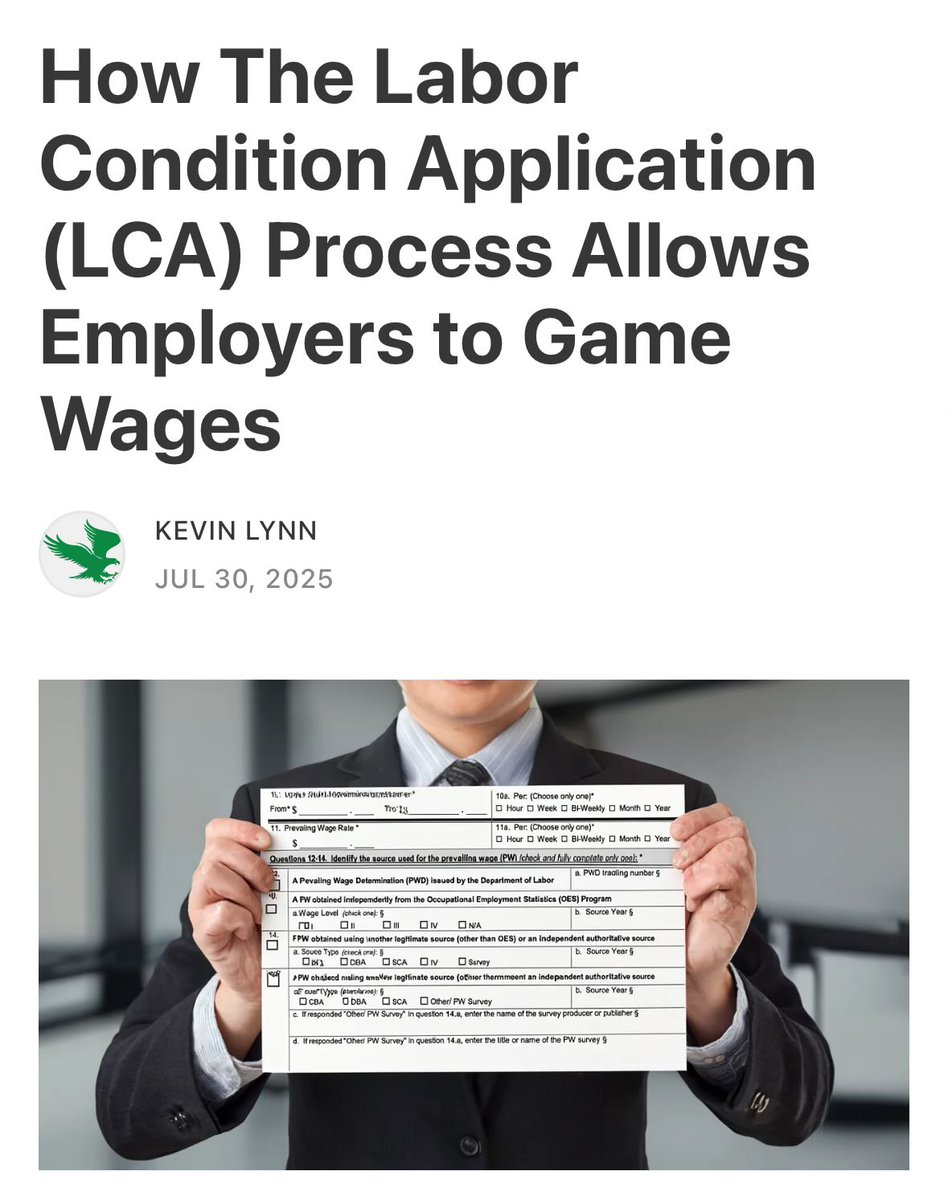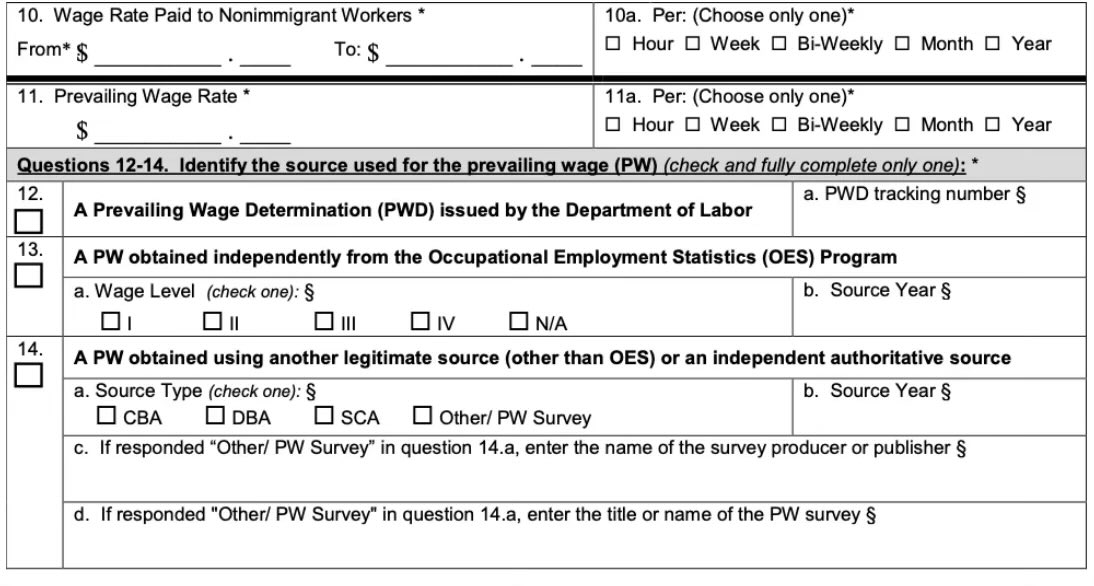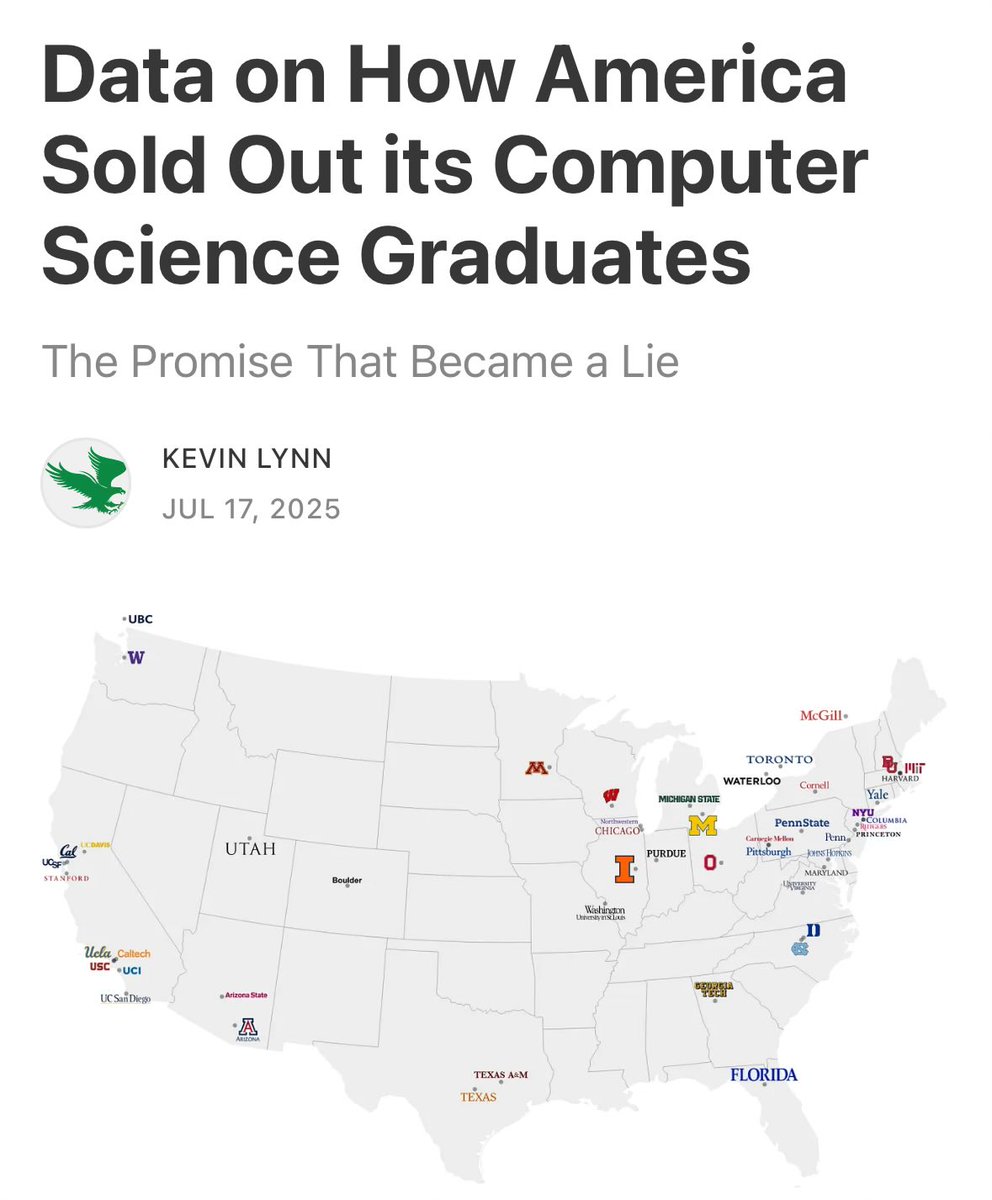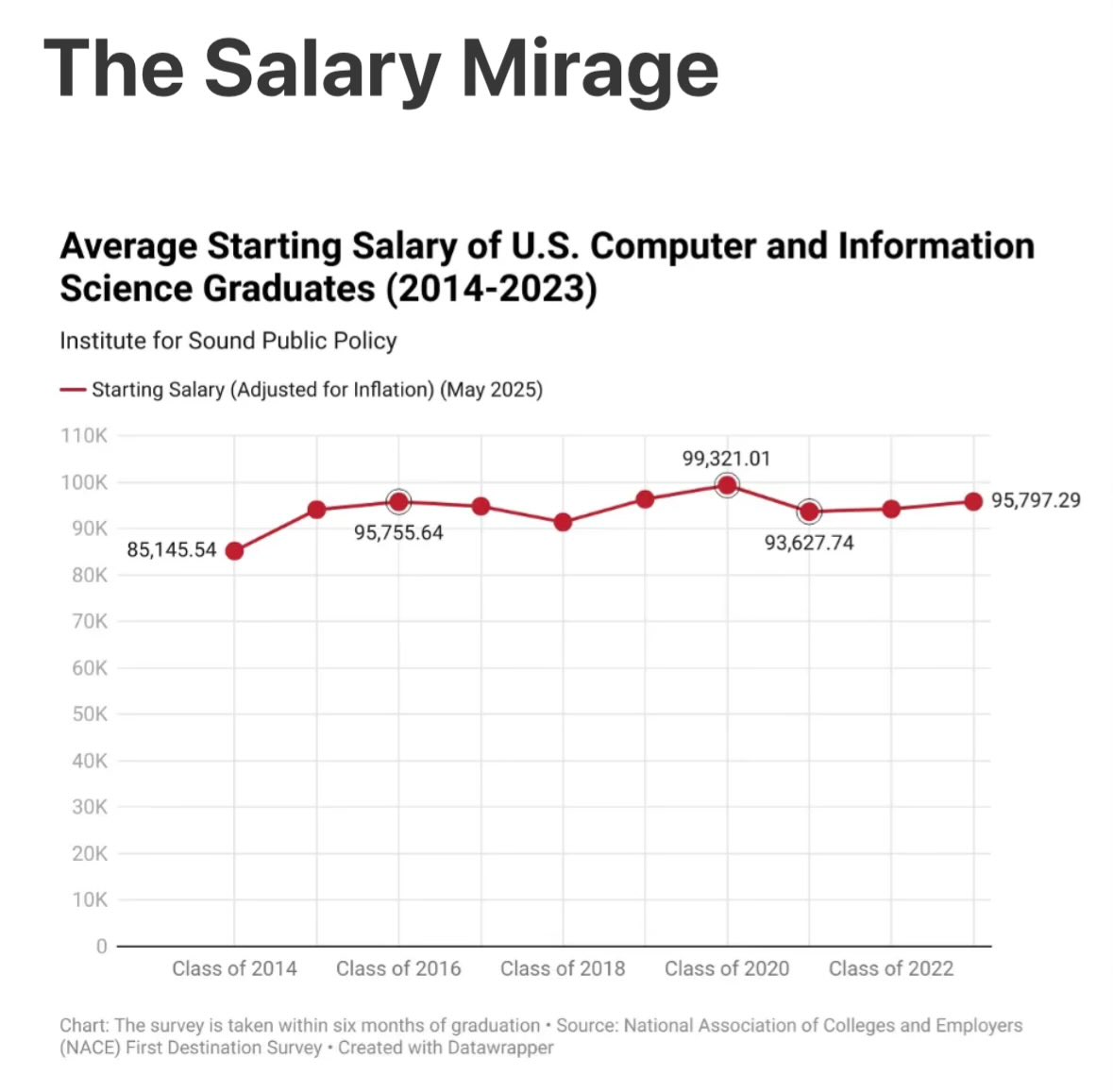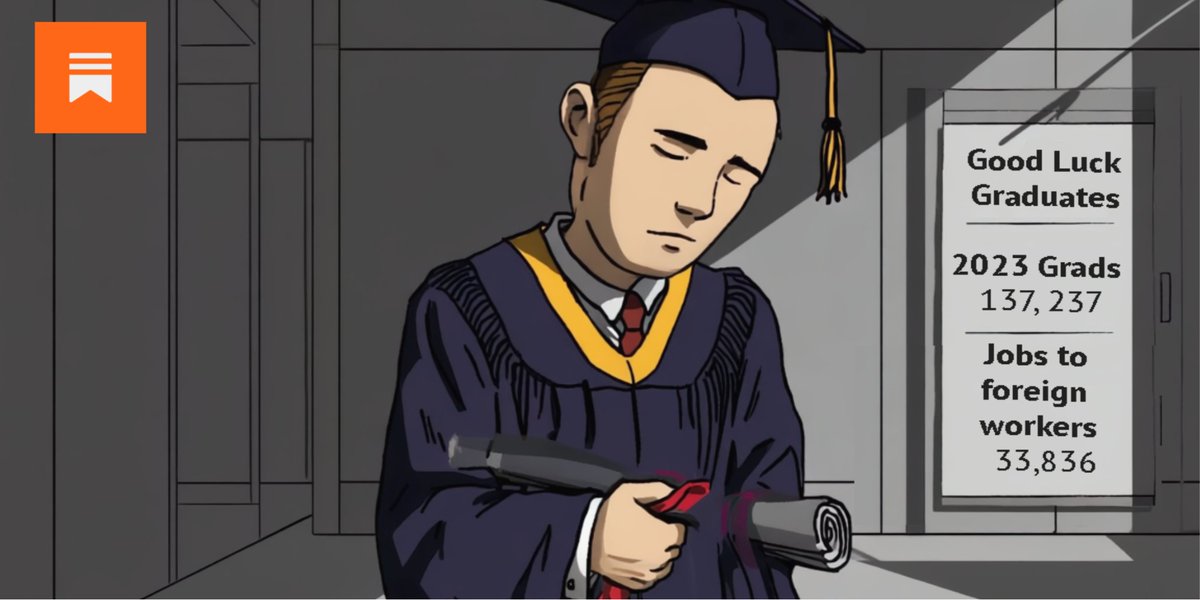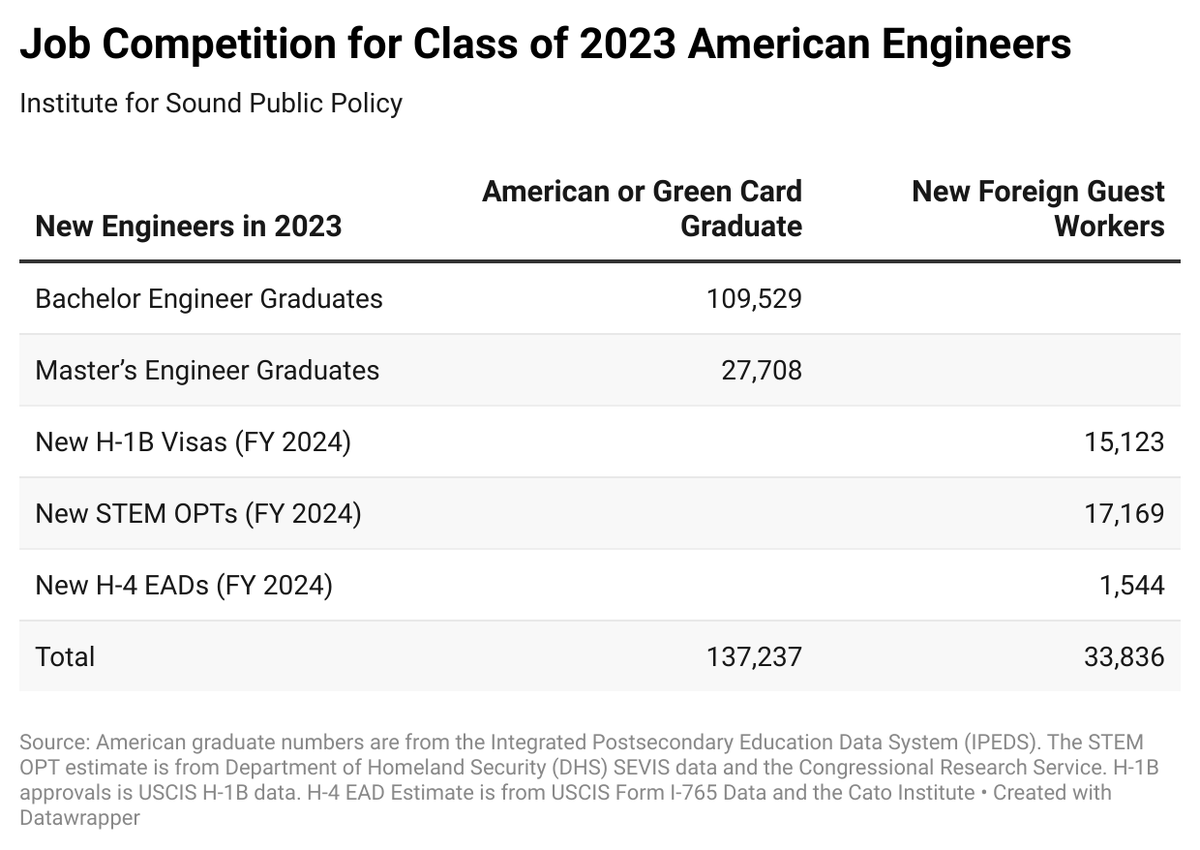After the passage of the Immigration Act of 1990 that created the H-1B/L-1 visa program, stories of US workers training their foreign replacements before layoffs immediately started popping up.
Here’s a @DanRather segment from 95’ covering the displacements of US workers at AIG:
Here’s a @DanRather segment from 95’ covering the displacements of US workers at AIG:
“How do you come to work everyday Sir & train someone for your job that you’ve been doing for 7 years?”
AIG used a 3rd-party IT firm (Syntel) that brought the H-1B visa workers from India under Level 1 (entry-level) wages & *leased* them to AIG who then fired the US workers.
AIG used a 3rd-party IT firm (Syntel) that brought the H-1B visa workers from India under Level 1 (entry-level) wages & *leased* them to AIG who then fired the US workers.
Business lobbyists, CEOs, & DC-Libertarians like to claim that the “H-1Bs are being paid the *prevailing wages* so it’s not cheap labor”.
The prevailing wage rates, especially for Level 1 & 2 wage tiers in the Labor Condition Application are set too low! epi.org/publication/h-…
The prevailing wage rates, especially for Level 1 & 2 wage tiers in the Labor Condition Application are set too low! epi.org/publication/h-…
Essentially what employers sponsoring H-1B visas are doing is selecting the lowest prevailing wage rate on the Labor Condition Application (Level 1 & 2) when it’s not reflective of the skill level of the foreign worker or the true market rate. WAGE ARBITRAGE. 
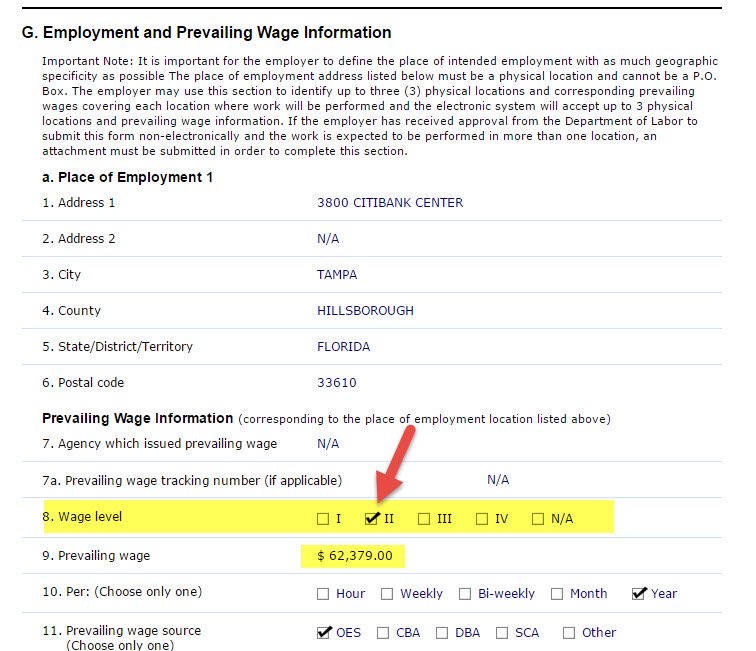
Here’s the CEO of Syntel claiming that the H-1Bs brought in were “paid the prevailing wage”. Same deceptive gimmicks used by CATO, NFAP, FWDus, & Chamber of Commerce.
If it isn’t about money but a “shortage of skills”, why are US workers then training their foreign replacements?
If it isn’t about money but a “shortage of skills”, why are US workers then training their foreign replacements?
Secretary of Labor at the time of the AIG scandal was @RBReich. Reich acknowledged the exploitation of the H-1B program but seemed fearful of issuing any reforms to the program because of legal backlash by the “powerful” Business groups.
Reich left in 97’, & President Clinton...
Reich left in 97’, & President Clinton...
...would then go on to sign the American Competitiveness of the 21st Century Act (AC21) in 2000 that would among other things allow H-1B visa holders to indefinitely renew their H-1B visas past the 6 years limit if they have a pending Green Card petition; cap exemptions for...
universities & “research” institutions that need H-1Bs; & temporarily double the H-1B cap to 195,000 visas until 2004!
AC21 had disastrous consequences:
It led to more layoffs of US workers as @Troup1998 interviewed in this news segment explains (2003):
AC21 had disastrous consequences:
It led to more layoffs of US workers as @Troup1998 interviewed in this news segment explains (2003):
AC21 also led to employment-based Green Card backlogs for one country’s nationals in particular—India.
Due to the oversubscription of the H-1B visa program by Indian nationals who corporations & hiring managers solely had a preference for, Green Card backlogs occurred.
Due to the oversubscription of the H-1B visa program by Indian nationals who corporations & hiring managers solely had a preference for, Green Card backlogs occurred.
A displaced US worker at AIG warned in 1995 that it’s not just Programming jobs that would be harmed by guest worker visa programs. He was right.
Teachers, nannies, accountants, healthcare, university professors, & etc. have been negatively impacted by our visa programs.
Teachers, nannies, accountants, healthcare, university professors, & etc. have been negatively impacted by our visa programs.
30 years later, Congress has taken no action in reforming guest worker visa programs. More US jobs continue to be off-shored, & more companies continue to lay-off US workers & replace them with visa workers.
The Business lobby & Big Tech continue to push for more visas.



The Business lobby & Big Tech continue to push for more visas.



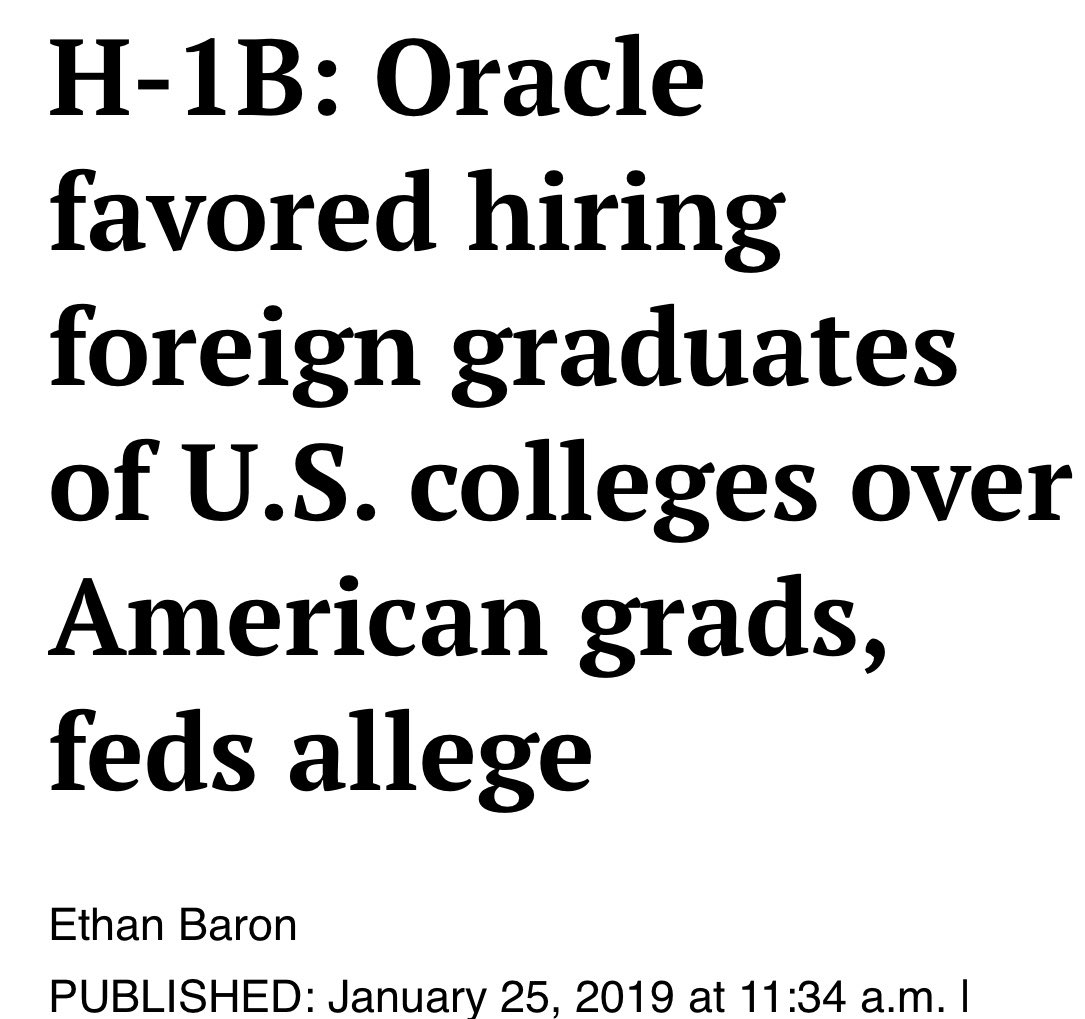
• • •
Missing some Tweet in this thread? You can try to
force a refresh




